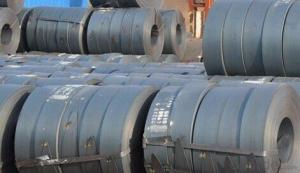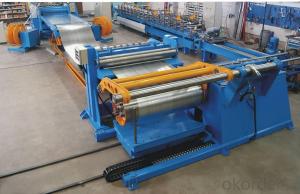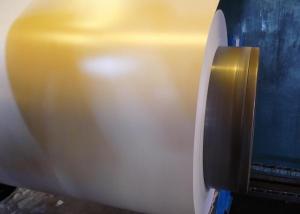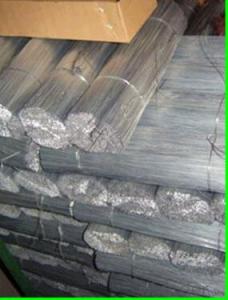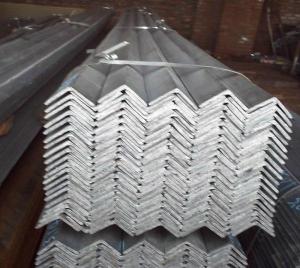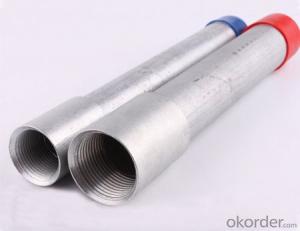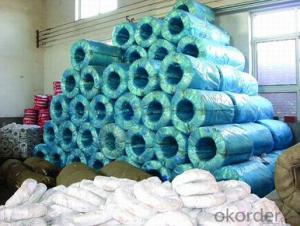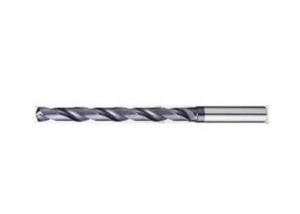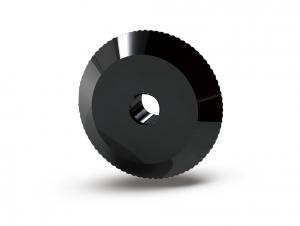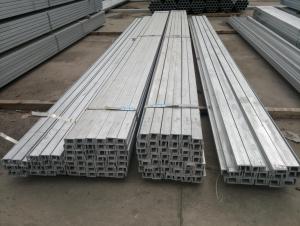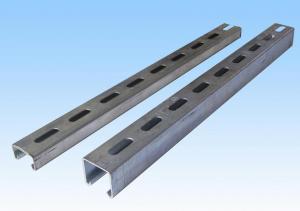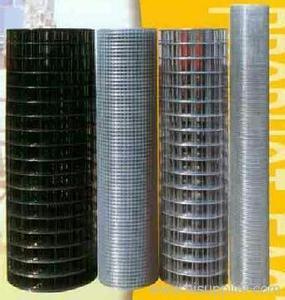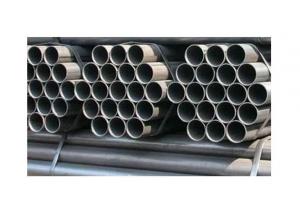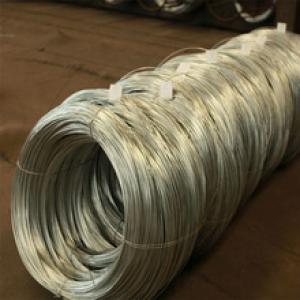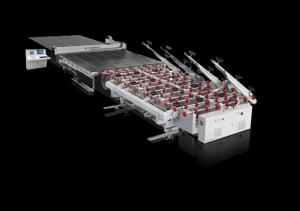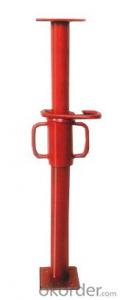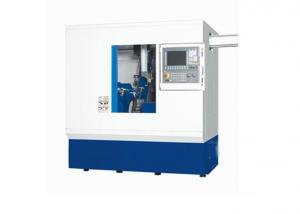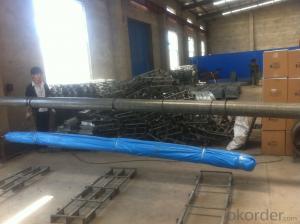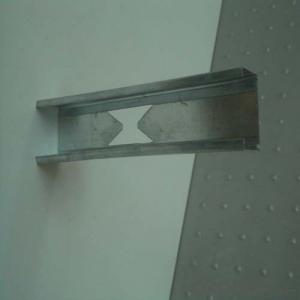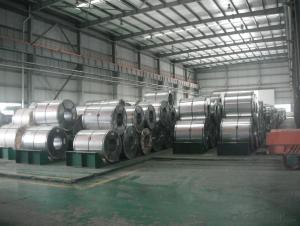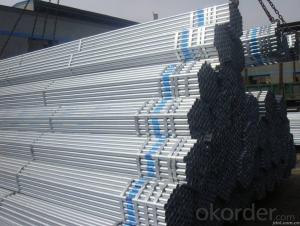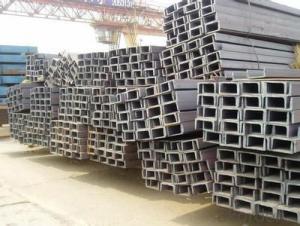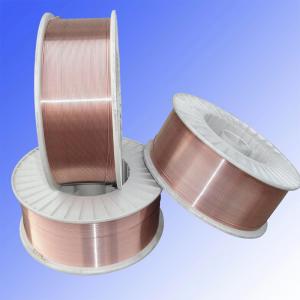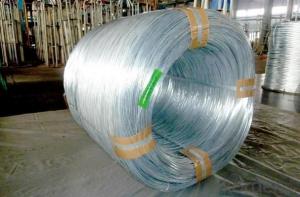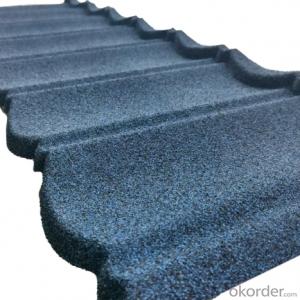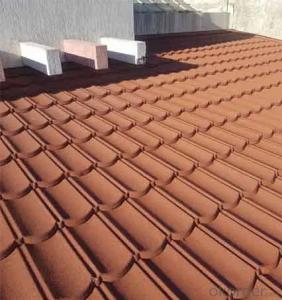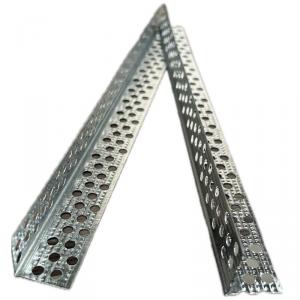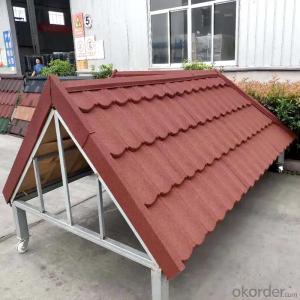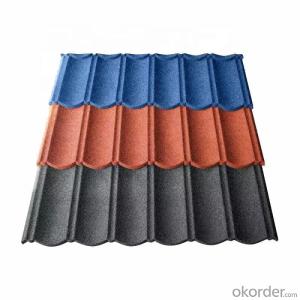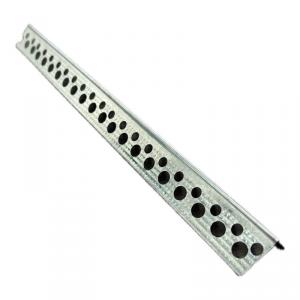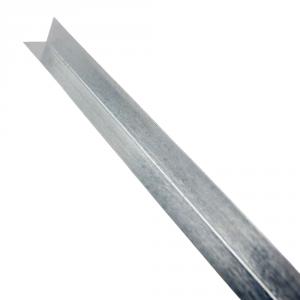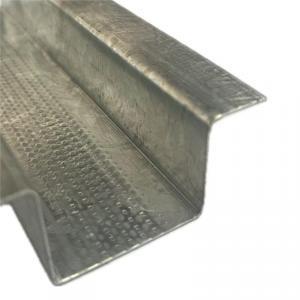Cutting Galvanized Steel
Cutting Galvanized Steel Related Searches
Galvanized Steel Edging Steel Galvanized Painting Galvanized Steel Galvanized Corrugated Steel Painted Galvanized Steel Galvanized Stainless Steel Powder Coating Galvanized Steel Weld Galvanized Steel Rusting Galvanized Steel Galvanized Steel Piping Galvanized Steel Grating Galvanized Steel Angle Galvanized Tube Steel Galvanized Steel Siding Best Way To Cut Stainless Steel Galvanized Steel Panels Rusted Galvanized Steel Galvanized Steel Fencing Galvanized Steel Panel Corrugated Galvanized Steel Forging Stainless Steel Hot Dipped Galvanized Steel Cut Stainless Steel Galvanized Steel Tube Drilling Into Stainless Steel Galvanized Steel Gutters Paint Galvanized Steel Galvanized Steel Beams Galvanized Steel Tank Galvanized Steel Melting PointCutting Galvanized Steel Supplier & Manufacturer from China
Cutting galvanized steel is a type of steel product that has been coated with a protective layer of zinc to prevent rust and corrosion. This process not only enhances the durability of the steel but also provides a smooth, shiny finish. The galvanized steel is widely used in various industries such as construction, automotive, and manufacturing due to its strength and resistance to harsh environmental conditions.Galvanized steel is commonly utilized in applications where durability and resistance to corrosion are essential, such as in the construction of buildings, bridges, and other infrastructure projects. It is also used in the manufacturing of automotive parts, appliances, and various industrial equipment. The versatility of cutting galvanized steel makes it a popular choice for a wide range of applications, from simple household repairs to large-scale industrial projects.
Okorder.com is a reputable wholesale supplier of cutting galvanized steel, offering a vast inventory of this high-quality product. With a commitment to providing excellent customer service and competitive pricing, Okorder.com has become a trusted source for businesses and individuals seeking to purchase cutting galvanized steel for their projects. By partnering with Okorder.com, customers can be assured of receiving top-quality materials and reliable service.
Hot Products
